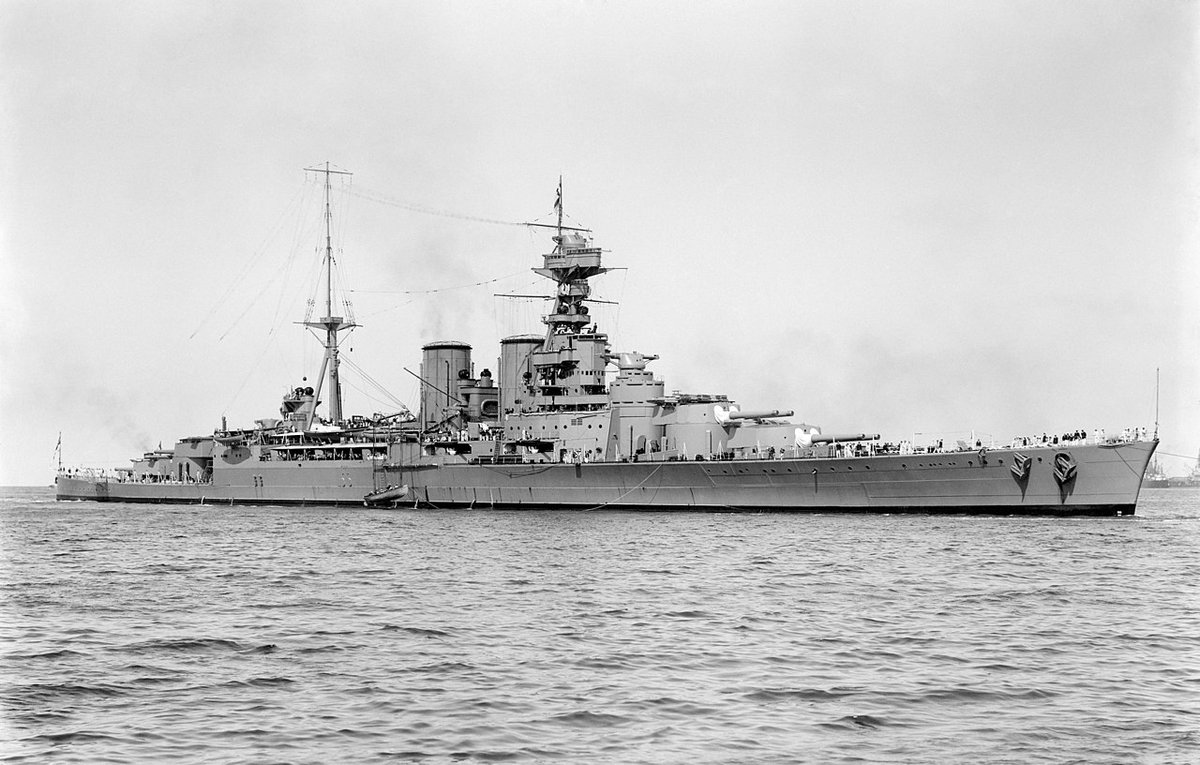Does the following United States ship design look familiar?
It should because it's HMS Hood!
Hood had a profound impact on the United States Navy. In many ways, the arrival of Hood served as the catalyst for the eventual break away from the Standard Battleship doctrine.
It should because it's HMS Hood!
Hood had a profound impact on the United States Navy. In many ways, the arrival of Hood served as the catalyst for the eventual break away from the Standard Battleship doctrine.

The US Navy saw that the combination of firepower, armor, and speed would set the groundwork for new "Fast Battleships" (Or "Battleship-cruisers" as they were known in the US at the time). This would provide greater flexibility over the current generation of 21 knot battleships. 

This spurred a flurry of activity among designers in the US Navy. New designs such as faster battleships, traditional battlecruisers, and hybrid battleship-cruisers were created. The pros and cons of each vessel were then vigorously weighed among senior naval officials. 

The Hood plans (Cabled over from Britain and also personally delivered to the US Navy by Stanley Goodall) were created to serve as the benchmark for evaluating these new designs. 

An interesting example of the effect that Hood had on the world. She heralded in a new generation of warship design that extended well past her own Navy.
#History #Britain #Navy #UnitedStates #wednesdaythought #WednesdayWisdom
#History #Britain #Navy #UnitedStates #wednesdaythought #WednesdayWisdom

• • •
Missing some Tweet in this thread? You can try to
force a refresh






















